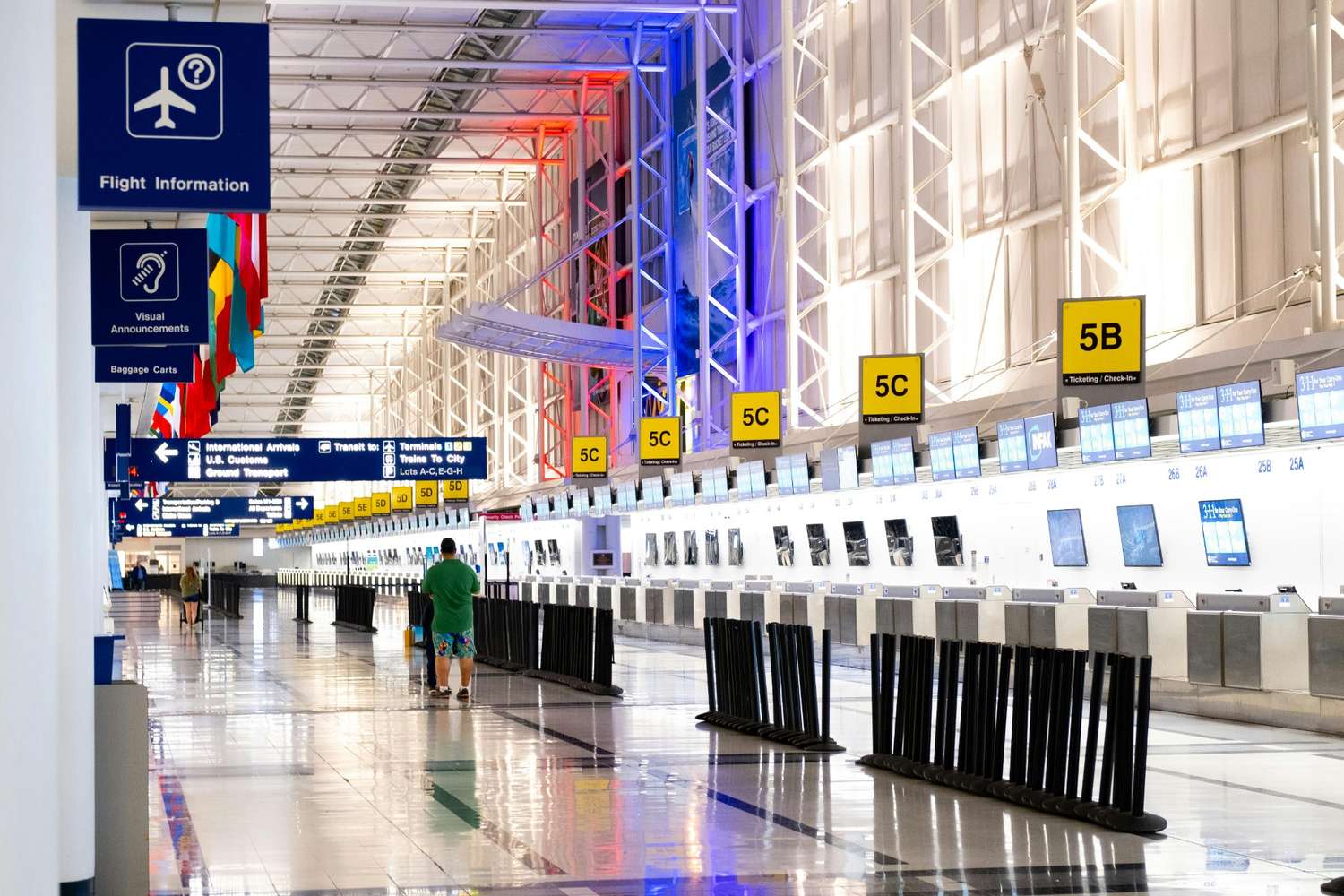In today’s fast-paced world, airports have evolved beyond mere transit hubs; they are now bustling centers of commerce and engagement. For healthcare marketers, this transformation presents a unique opportunity to connect with a diverse and captive audience. One particularly effective strategy is health and wellness-oriented advertising within airports. This approach not only promotes well-being but also aligns seamlessly with the environment, enhancing the travel experience for passengers.
The Rise of Health and Wellness Initiatives in Airports
Airports worldwide are increasingly integrating health and wellness features to cater to health-conscious travelers. For instance, Dubai Airports launched a month-long campaign focusing on physical and mental health for both guests and employees, addressing travel anxiety and promoting a relaxed airport experience. citeturn0search6 Similarly, Kaiser Permanente sponsored a walking/fitness trail at Dulles International Airport, featuring insightful messaging to promote healthy travel tips and stress-reducing exercises.
Why Airports Are Ideal Venues for Health and Wellness Advertising 
1. Captive Audience: Travelers often spend considerable time in airports due to early arrivals and layovers, providing a unique opportunity for brands to engage with them.
2. Diverse Demographics: Airports serve a wide range of individuals, from business professionals to families, allowing healthcare advertisers to reach a broad audience.
3. Enhanced Brand Image: Aligning with health and wellness initiatives can improve a brand’s reputation, showcasing a commitment to consumer well-being.
Incorporating In-Hand Advertising in Healthcare Campaigns
In-hand advertising involves providing tangible items that travelers can use during their journey, ensuring the brand remains top-of-mind. For the healthcare industry, this method offers several advantages:
Practicality: Items like branded hand sanitizers, wellness brochures, or stress-relief tools are useful to travelers, increasing the likelihood of retention and use.
Reinforced Messaging: Providing health-related products reinforces the brand’s message of promoting well-being.
Extended Reach: As travelers move through different locations, they carry these items, potentially exposing the brand to a wider audience.
Case Study: Steward Health Care System’s Airport Campaign
Steward Health Care System implemented a comprehensive health and wellness campaign at Boston Logan Airport. The initiative included health check stations for blood pressure, BMI, and heart rate assessments, an educational walking path, and branded hand sanitizers with health messages. This campaign effectively utilized the airport setting to promote health awareness and positioned Steward Health Care as a proactive advocate for traveler well-being.
Best Practices for Implementing Health and Wellness Airport Advertising
1. Collaborate with Airport Authorities: Work closely with airport management to identify high-traffic areas suitable for health and wellness installations.
2. Ensure Cultural Sensitivity: Airports are international spaces; ensure that health messages are inclusive and considerate of diverse cultures.
3. Leverage Technology: Incorporate digital tools, such as QR codes linking to health resources or virtual wellness sessions, to enhance engagement.
4. Monitor and Evaluate: Regularly assess the effectiveness of the campaign through traveler feedback and engagement metrics to make informed adjustments.
Adzze’s In-Hands Advertising: A Powerful Tool for Healthcare Marketing
Adzze’s in-hands advertising solutions offer healthcare brands an effective way to engage with consumers in a tangible and meaningful way. By leveraging hand sanitizing stations in high-traffic locations such as airports, hospitals, and clinics, brands can place their messaging directly in front of health-conscious individuals while reinforcing hygiene awareness. Additionally, pharmacy bag advertising provides a unique opportunity to reach patients at the point of care, ensuring that healthcare messages are seen and retained. These in-hands advertising tactics create direct, personal interactions that enhance brand trust and recall, making them an ideal choice for pharmaceutical companies, wellness brands, and healthcare providers looking to boost awareness and patient engagement.







